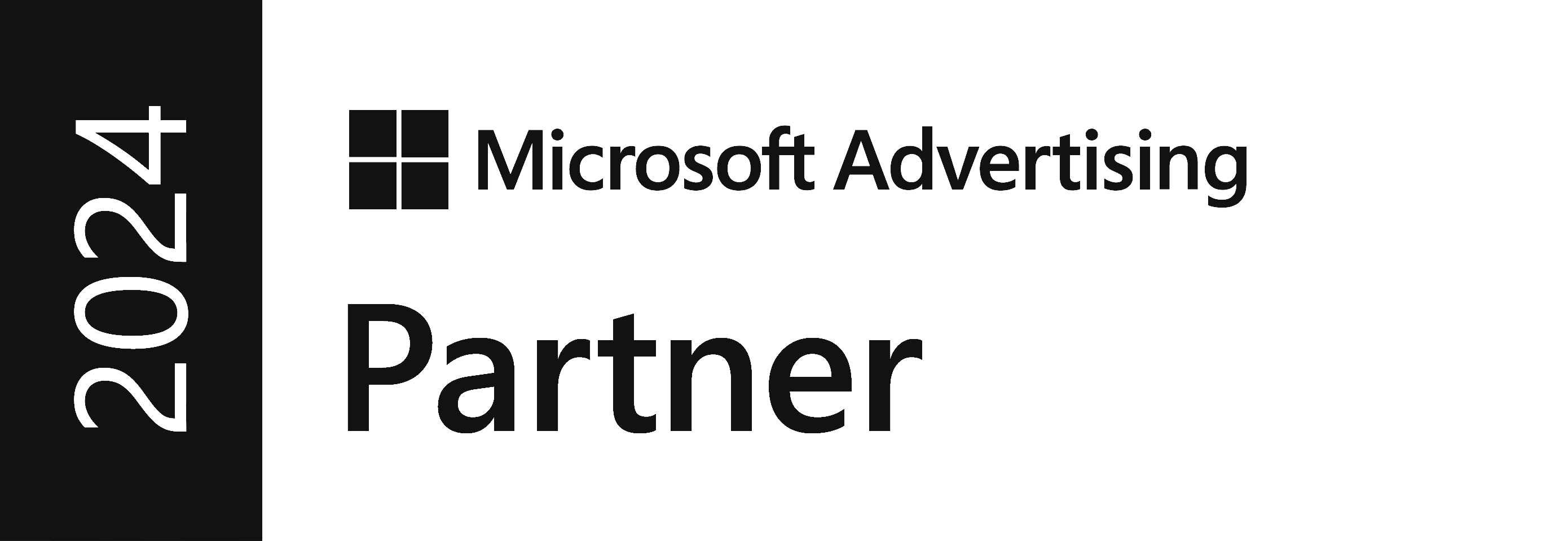SEO is still a really big deal for getting your website noticed, but it’s easy to make mistakes that can mess up your efforts. If you’ve been working hard on SEO but not seeing the results you want, you might be wondering “what’s going wrong?”.
In this blog, I’ll break down some common reasons why SEO fails, and what you might be doing wrong. From picking the wrong keywords, to ignoring mobile users, I’ll cover the pitfalls and how to avoid them, so that you can boost your site’s performance and get the traffic you deserve.
Why SEO Fails - Keyword Stuffing or a Lack of Keywords
Although keywords are the foundation of SEO, finding the appropriate balance is crucial. When you cram your material with too many keywords, aka ‘keyword stuffing’, it becomes difficult to read and may even get you punished by search engines.
On the other hand, using too few keywords could make it harder for people to find your material. The secret is to organically incorporate pertinent keywords into excellent content that adds value for the reader.
For example:
.png)
In the above example, we can see that the focus keyword for this particular website page is “b2b ppc”. According to Google Keyword Planner, this keyword receives 70 views per month, which means that by implementing this keyword into the text, this page will be visible to 70 more people if they type in “b2b ppc” on Google.
What’s important to note however, is that this keyword isn’t stuffed into the text; it’s used appropriately. This is how to effectively use keywords to your advantage.
Why SEO Fails – You’re Targeting the Wrong Keywords
Choosing the right keywords is crucial for SEO success. Targeting overly competitive keywords can make it difficult to rank, while excessively niche keywords might not attract sufficient traffic. Conduct thorough keyword research to identify terms with decent search volume and manageable competition.
As mentioned previously, tools such as Google Keyword Planner can help you find the sweet spot for your keyword strategy.
.png)
Why SEO Fails – You’re Ignoring Mobile Users
With over half of web traffic coming from mobile devices, having a non-responsive website can significantly harm your SEO efforts.
Since 2016, Google has been gradually transitioning to a fully mobile-first index. Now officially in place, this means all websites, new or old, will be primarily crawled by the mobile Googlebot. This ensures that the indexed content reflects what is visible on mobile devices. Additionally, every ranking signal, from page titles to internal links, will be based on the mobile version of the website.
A site that doesn’t adapt well to different devices will frustrate users and negatively impact your rankings. Ensure your website is mobile-friendly by using responsive design techniques and regularly testing your site on various devices to provide a seamless user experience across the board.
In summary, your website's mobile version will now be the primary source of information for Google, significantly influencing your search rankings.
Why SEO Fails – Lack of Quality Backlinks
Backlinks from authoritative sites are essential for improving your site’s authority and search rankings. However, not all backlinks are created equal. Aim to build high-quality, relevant links from reputable sources. Engage in guest blogging, create shareable content, and build relationships with influencers in your industry to enhance your backlink profile.
If you didn’t know about backlinks before you read this blog, check out this article by SEMrush, which breaks down what backlinks are, and why they’re so important.
Why SEO Fails – You’re Neglecting Local SEO
If your business serves a local market, optimising for local search is crucial. Failing to do so can make you invisible to potential local customers. Claim and optimise your Google My Business listing, ensure your NAP (Name, Address, Phone) information is consistent across all platforms, and encourage satisfied customers to leave reviews. Local SEO helps you appear in local search results and attract nearby customers.
Local SEO – step by step process:
Setting Up Google Business Profile: Claim and optimise your Google Business Profile (formerly Google My Business). Fill in accurate details about your business, including name, address, phone number (NAP), business hours, and services offered. Add high-quality images and encourage customers to leave reviews.
Keyword Research for Local SEO: Identify relevant local keywords related to your business. Use tools like the aforementioned Google Keyword Planner, or other keyword research tools to find terms that people in your area commonly search for (e.g., “best plumber near me,” “local coffee shop,” etc.)
On-Page SEO Strategies for Local Rankings: Optimise your website content with local keywords. Include location-specific information on your web pages, such as city names, neighbourhoods, and landmarks. Ensure your website is mobile-friendly and loads quickly. Google prioritizes mobile-friendly sites in local search results.
Local Link Building: Acquire relevant backlinks from local websites, directories, and industry-specific platforms. High-quality local backlinks can improve your site’s authority and visibility.
Utilising Local Business Directories: Create and update consistent NAP information across local business directories, such as Yelp, Yellow Pages, and local chambers of commerce. Accurate and consistent data helps search engines understand your business location.
Why SEO Fails - Thin or Duplicate Content
Creating high-quality, unique content is essential for optimising your site’s search engine performance. Search engines prioritise original material, so it’s crucial to avoid duplicating content, whether from other sources or within your own site. Fresh and unique content not only adds value, but also boosts your rankings.
To maximise your impact, ensure your content is in-depth and relevant, thoroughly covering topics that address your audience’s needs, questions, and challenges. Engaging readers with clear language, visuals, and storytelling techniques can lead to longer dwell times, signalling to search engines that your content is valuable. Avoid thin content, which lacks substance and can negatively impact your rankings.
Additionally, be mindful of duplicate content risks and use canonical tags to indicate the preferred version of similar content. Regularly updating your site with new articles, guides, or industry insights can keep your content fresh and demonstrate your ongoing relevance.
Why SEO Fails – You’re Ignoring Technical SEO
Technical SEO is crucial to a successful strategy, covering key elements like site speed, crawlability, and structured data. These factors ensure that search engines can effectively index and rank your content and neglecting them can hinder your site's visibility. Regular SEO audits are essential to identify and fix issues, improve loading times, and ensure your site is easily crawlable.
By maintaining strong technical SEO, you create a solid foundation for your content, boosting your site’s overall performance and search engine rankings.
Some great tools for technical SEO:
· SEMrush
SEO Takes Time, It’s Not a Quick Fix Solution
Expecting SEO to be a magical solution for all engagement and conversion goals can lead to disappointment. SEO is a long-term process that demands regular effort and strategic preparation, and setting reasonable expectations is critical. Understand that it may take several months before you see meaningful returns, and SEO should be considered as a long-term investment rather than a quick victory.
SEO does not provide quick gratification, and success frequently demands patience and perseverance. Many businesses give up on their SEO efforts prematurely, expecting quick results in a highly competitive landscape. It’s critical to remain engaged and allow sufficient time for your strategies to bear fruit. Continuously evaluate, tweak, and improve your SEO strategies, realising that endurance is essential for long-term success.
If you’d like help with your SEO strategy, don’t hesitate to contact us today.
1st Floor, Alphin Brook House,
Alphin Brook Road,
Exeter EX2 8RG
MORE THAN
Digital
Marketing.
View our sustainability page.
PPC for B2B
PPC for Law Firms
PPC for Luxury Ecommerce Brands
PPC for Travel and Tourism
GEO Audit






